MOSFET stands for Metal-Oxide-Semiconductor Field-Effect Transistor, which is an insulated gate field-effect transistor, made using silicon wafers and diffusion processes……. There are both N-channel and P-channel types. Moreover, it has two siblings, namely junction field-effect transistors and insulated gate bipolar transistors…….
Faced with such a long paragraph, I wonder if you really understand MOSFETs. In my college days, I completely didn’t get it and ended up learning in vain.
This article sets aside the textbook and discusses the practical applications of the most common and easiest type of MOSFET: the enhancement-mode NMOS, abbreviated as NMOS. Related articles recommended: Basic Understanding of MOSFETs.Once you are familiar with the use of NMOS, looking back at the textbook content will surely provide a different perspective.
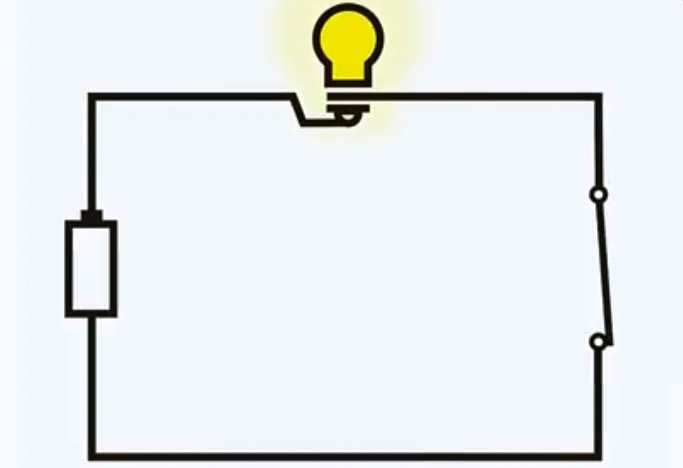
If we want to control this light bulb using Arduino or a microcontroller, we need to replace this switch with a MOSFET. To better fit our engineering habits, we need to slightly modify this diagram, as shown below.
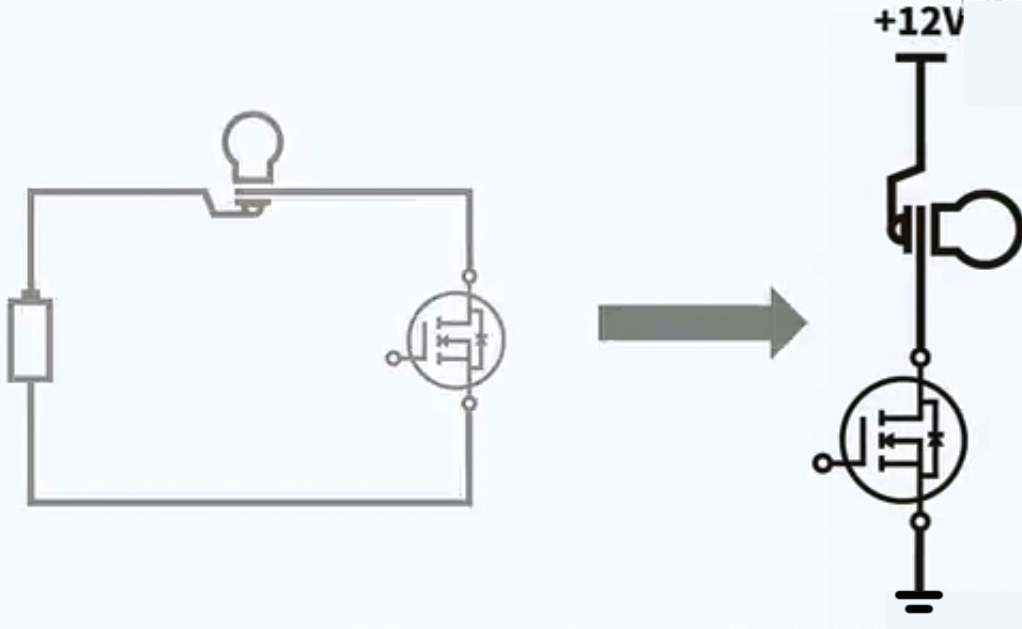
These two diagrams are completely equivalent. We can see that the MOSFET has three terminals, namely gate, drain, and source. Just remember their abbreviations: g, d, s, as shown in the diagram below.
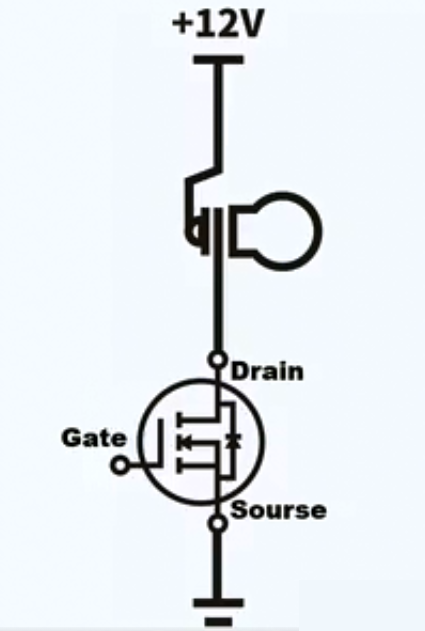
If we continuously toggle this switch, the light will flicker. If the switching speed is fast enough, due to the persistence of vision, the light will appear to be steady. We can also adjust the time of this switch to dim the light, which is known as PWM dimming. This is the most classic use of MOSFETs, allowing a microcontroller’s IO port to control a power device. Of course, you can replace the light bulb with other devices such as pumps, motors, or solenoids.
For beginners, there are four important parameters to pay attention to. The first is package type, the second is vgsth, the third is Rdson, and the fourth is Cgs.
The package type is straightforward, referring to the shape and size of the MOSFET. Generally, the larger the package, the higher the current it can handle. To understand the other three parameters, we first need to introduce the equivalent model of NMOS, as shown in the diagram below.
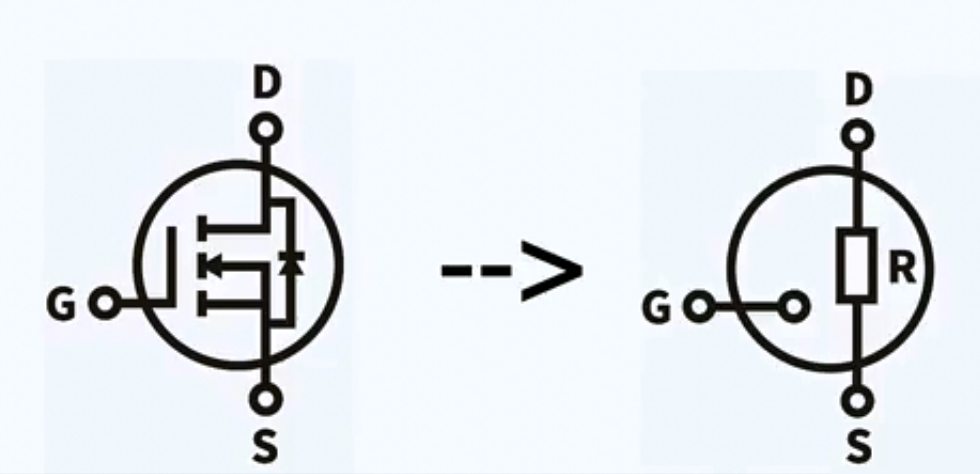
MOS can actually be seen as a voltage-controlled resistor. This voltage refers to the voltage difference between the gate and source, while the resistance refers to the resistance between the drain and source. The value of this resistance changes with the gate-source voltage. Of course, they do not correspond linearly, and the actual relationship looks like this, where the horizontal axis represents the gate-source voltage. Rds and Vgs relationship graph, as shown below.
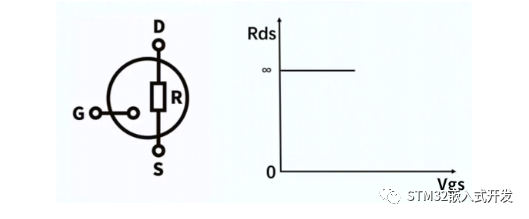
The vertical axis represents the resistance value. When the gate-source voltage is less than a specific value, the resistance is essentially infinite. When the voltage exceeds this specific value, the resistance approaches zero. As for what happens when it equals this value, we don’t need to worry about this critical voltage value, which we call vgsth, the gate-source voltage required to turn on the MOSFET. This is an inherent property of every MOSFET, which we can find in the MOSFET’s datasheet, as shown below.
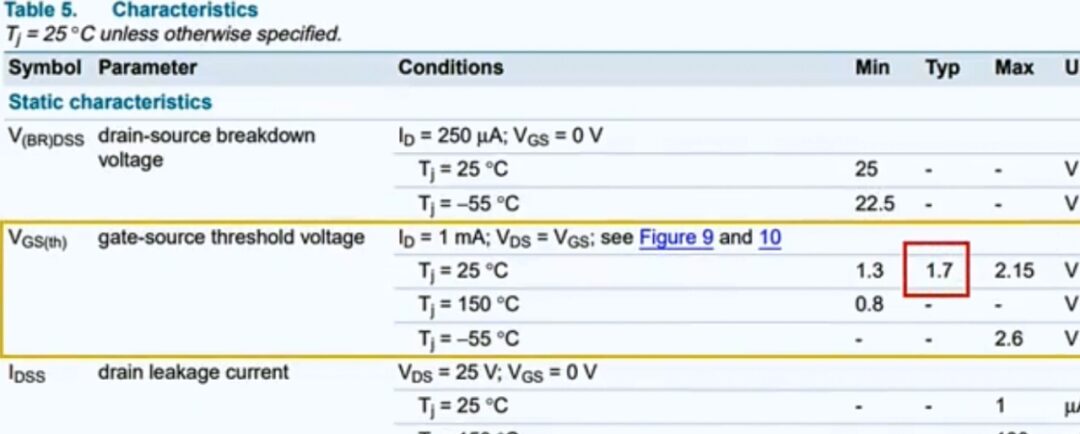
Clearly, vgsth must be less than the high-level voltage; otherwise, it cannot be turned on properly. So when selecting this MOSFET, if your high level corresponds to 5V, then choosing a vgsth around 3V is more appropriate. If it is too low, it may be falsely triggered by interference; if it is too high, the MOSFET cannot be turned on.
Next, let’s look at the second important parameter of NMOS, Rdson. As mentioned earlier, when NMOS is fully turned on, its resistance is close to zero. However, no matter how small it is, it still has a resistance value, which is known as Rdson. This refers to the resistance value between the drain and source when NMOS is fully turned on. You can also find this resistance value in the datasheet. The smaller this resistance value, the better, as it results in less voltage drop and lower heat generation. However, in practice, the smaller the Rdson, the higher the price of the NMOS, and generally, it also corresponds to a larger size. So it’s important to choose one that is just right for your needs.
Finally, let’s talk about Cgs, which is a parameter that is often overlooked. It refers to the parasitic capacitance between the gate and source. Related article: MOSFET Driver Circuit Design Details. All NMOS have this, which is a manufacturing process issue that cannot be avoided. It affects the switching speed of NMOS because the voltage applied to the gate must first charge this capacitance, which results in the gate-source voltage not reaching the specified value immediately.
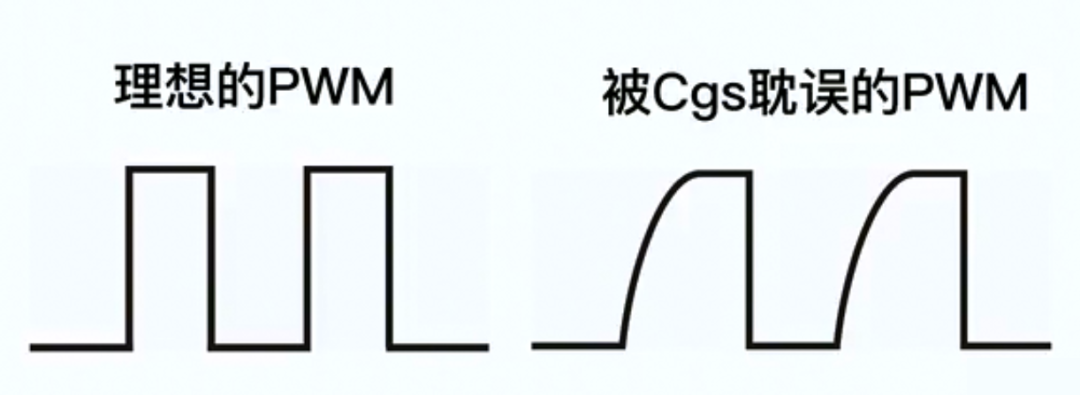
There is a rise time associated with this. Generally, because Cgs is relatively small, we do not notice its existence. However, when we enlarge the time scale, we can observe this rising process. This can be critical in high-speed PWM control scenarios. When the PWM period approaches this rise time, the waveform will become distorted. Generally, the size of Cgs is inversely proportional to Rdson. The smaller the Rdson, the larger the Cgs. Therefore, it’s essential to balance their relationship.
The above is the basic knowledge you need to grasp regarding NMOS.
Author: Tamia
Original article link: https://www.xiaopingtou.net/article-104327.html